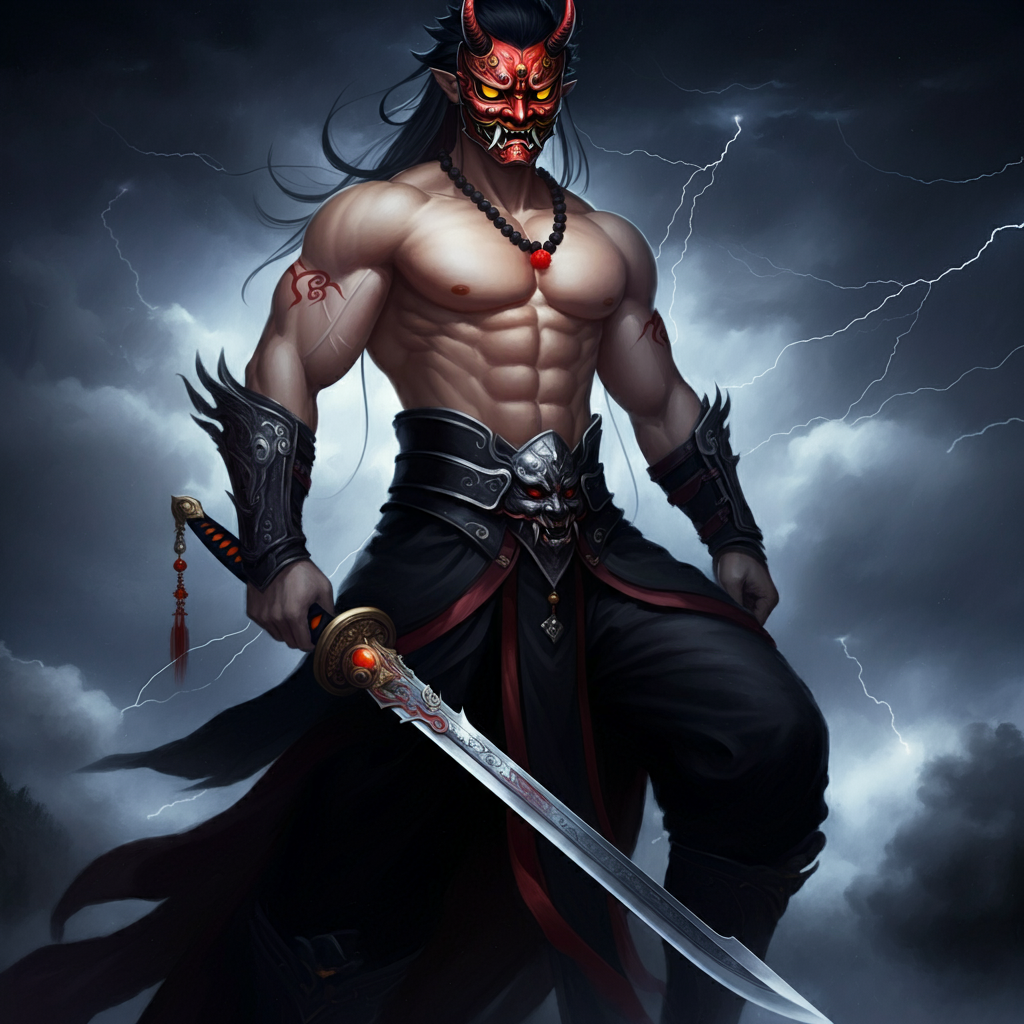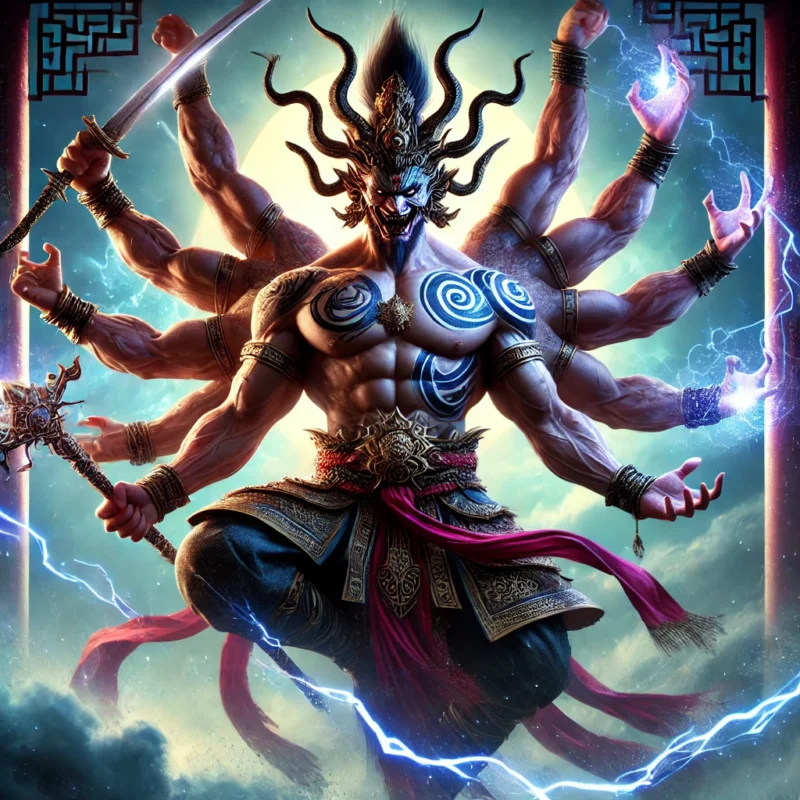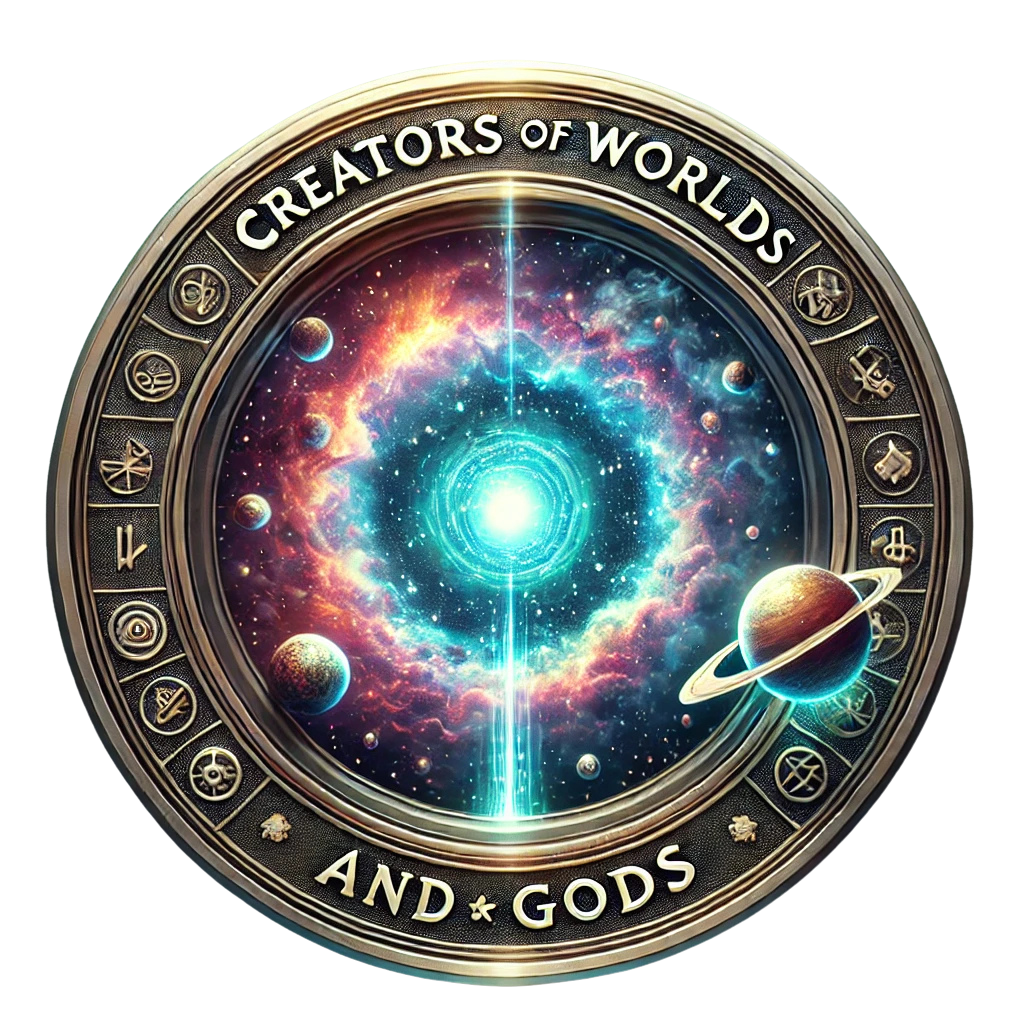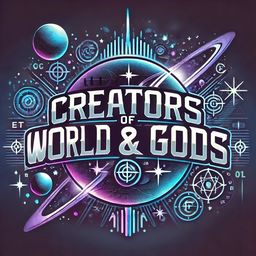Blog
The Asura in Wuxia and Xianxia: Demonic Warriors, Cosmic Battles, and Moral Complexity

Introduction
In the fantastical worlds of wuxia and xianxia, few figures captivate as powerfully as the Asura. Drawn from the rich mythological traditions of Hinduism and Buddhism, the Asura often embody the darker facets of existence: fierce ambition, brutal conflict, and a constant internal battle between enlightenment and destructive urges. When adapted into wuxia and xianxia narratives, the Asura become complex, often tragic figures, wielding extraordinary strength and struggling against a fate as dark as the powers they command.
In this post, we’ll dive deep into the role of Asura in wuxia and xianxia, examining their mythological roots, narrative themes, and notable portrayals across literature, movies, and games. Are the Asura heroes? Villains? Anti-heroes caught between salvation and damnation? Let’s find out.

Mythological Origins and Attributes of the Asura
The Asura originate from the ancient Hindu and Buddhist traditions, where they are often portrayed as beings situated between gods and humans. In Hindu mythology, Asuras are known for their ambition, power, and rivalry with the Devas, or gods. They are not inherently evil but represent cosmic forces of disorder, pride, and boundless ambition. This ambiguity makes them compelling figures, sometimes seen as tragic heroes struggling for recognition in a divine order that marginalizes them.
In the Buddhist tradition, the Asura are known as beings who crave power yet are doomed to exist in a state of perpetual struggle. While many Asura seek enlightenment, they are held back by their innate aggression and attachment to worldly desires. This duality—between striving for higher purpose and succumbing to base impulses—defines their existence and serves as a powerful narrative device in wuxia and xianxia stories, where characters frequently grapple with moral complexities.

The Asura Archetype in Wuxia and Xianxia
In wuxia and xianxia, the Asura archetype is adapted into unique cultural frameworks, often portrayed as immensely powerful cultivators or martial artists who wield forbidden, sometimes demonic techniques. These characters typically embody strength and ruthlessness, standing apart from traditional heroes and heroines due to their moral ambiguity and tragic backstories.
The archetypal Asura character in these genres often possesses:
- Unmatched Strength and Dark Techniques: Asura figures in xianxia are known for mastering arts that many deem forbidden, bending the rules of traditional cultivation to attain power that borders on divine.
- Complex Morality: The Asura walks a fine line between honor and vengeance, justice and wrath. This dual nature is central to their narrative appeal, as readers are drawn to the struggles and internal conflicts that set them apart from straightforward protagonists.
- Themes of Redemption and Duality: Often, Asura characters are haunted by past traumas, bound by oaths of revenge or redemption that fuel their journey toward darkness or salvation.
Influenced by Chinese philosophy, especially the principles of yin-yang duality and wu wei (effortless action), these Asura-like figures are vehicles for exploring the balance between light and dark, good and evil, within every character’s soul.
Prominent Depictions of Asura Characters in Wuxia and Xianxia Literature
The allure of the Asura archetype has inspired numerous memorable characters across wuxia and xianxia novels. Here are some of the most iconic works where the Asura’s influence is strongly felt.
Return of Asura by Lang Ya Yi Hao
In Return of Asura, the protagonist’s journey through the martial realms brings him face-to-face with Asura-like figures who personify the darkest extremes of cultivation. These characters, wielding terrifying power and embodying chaos, act as both adversaries and cautionary tales, highlighting the peril of pursuing strength without restraint or purpose. The novel delves deep into themes of unchecked ambition, juxtaposing the protagonist’s struggle to balance power with principle against the destructive and often tragic paths of the Asura he encounters.
Martial God Asura by Kindhearted Bee
In this epic xianxia series, the protagonist Chu Feng explores the world of Asura cultivation. Asura-like characters in this series wield immense, wrathful energy and are drawn to forbidden paths that provide a unique set of risks and rewards. Chu Feng’s own journey is fraught with temptations and challenges that mirror the struggles faced by Asura, highlighting the appeal—and peril—of forbidden cultivation techniques.
- I Shall Seal the Heavens by Er Gen
Meng Hao, the protagonist of I Shall Seal the Heavens, confronts numerous beings with Asura traits—cultivators who dabble in dark arts, driven by ambition and a refusal to submit to conventional limits. These characters represent a darker mirror to Meng Hao’s journey, reminding readers that immense power often demands profound sacrifice. Asura figures here are tragic and often sympathetic, caught in a cycle of power and loss.
The Asura in Xianxia Movies and TV Shows
Film and television adaptations of wuxia and xianxia provide a visual feast for Asura characters, dramatizing their power and inner struggles with dramatic, often spectacular visuals. Here are a few standout examples:
The Untamed (2019)
Based on the novel Mo Dao Zu Shi by Mo Xiang Tong Xiu, The Untamed explores the clash between virtuous and demonic cultivators. Characters embodying Asura traits struggle with inner demons, confronting the toll that forbidden power exacts on the soul. The series visually emphasizes this duality, using symbolism and costume design to reflect the constant pull between virtue and vice.
A Chinese Ghost Story (1987)
While not strictly xianxia, A Chinese Ghost Story combines wuxia with supernatural horror, featuring demonic beings that resonate with Asura-like qualities. These characters embody beauty laced with danger, symbolizing how desire and darkness can intertwine. The Asura archetype is reflected here in beings who are both alluring and terrifying.
Legend of the Demon Cat (2017)
This visually stunning film blends historical drama with supernatural elements, introducing characters who embody Asura traits of destruction and unrequited desire. The film’s Asura-like figures struggle with violent impulses that conflict with their quest for peace, serving as tragic reflections of unfulfilled desires.
Themes and Symbolism in the Asura Archetype
The Asura archetype is rich in themes that resonate deeply in wuxia and xianxia literature. Here are a few core symbolic elements:
Ambition and Power
The Asura’s relentless pursuit of power often reflects the cultivator’s journey in xianxia stories, where protagonists strive for enlightenment and strength. Asura figures often embody the dark side of ambition, showing readers the costs of unchecked desire.
- Case Study: Tales of Demons and Gods by Mad Snail explores ambition’s price, where Asura-like characters pursue power at all costs, contrasting with the protagonist’s moral struggles.
Redemption and Inner Struggle
Asura characters often experience a tension between their darker instincts and a desire for redemption, reflecting Buddhist ideas of karma and the path to liberation.
- Case Study: Against the Gods by Mars Gravity. Here, the protagonist confronts Asura-like beings, grappling with their own quests for redemption and moral compromises.
Influence of the Asura Archetype on Modern Wuxia and Xianxia
In Games and Webcomics
Asura characters are frequent in xianxia-themed games and web novels, often depicted as ultimate antagonists or tragic anti-heroes. Players and readers are drawn to these complex characters, whose allure lies in their blend of immense power and moral struggle.
- Game Recommendation: Jade Dynasty offers players the option to explore cultivation paths, including the Asura-like Athan race, offering a glimpse into the dark allure of forbidden power.
In Fan Adaptations and Web Novels
Sites like Wuxiaworld and Webnovel feature thousands of stories where Asura-type characters serve as formidable foes or reluctant allies, drawing readers into narratives that blur the lines between good and evil.
Conclusion
The Asura archetype remains an enduring figure in wuxia and xianxia, serving as both an antagonist and a mirror for the protagonists’ struggles. These characters embody the dark, often painful journey toward power and redemption, pushing readers to question the costs of ambition and the possibility of change. As they evolve, Asura figures remind us of the balance between light and dark that lies within all of us, making them a timeless element in the fantasy world.

